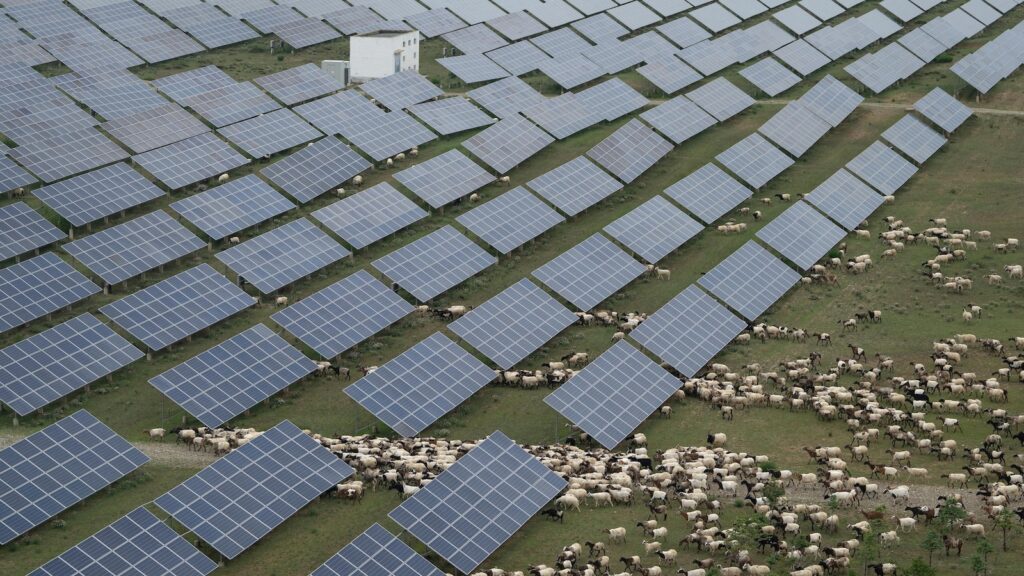Chinese officials recently showcased the construction of what is expected to be the world’s largest solar farm on the Tibetan Plateau, covering 610 square kilometers. China has been rapidly installing solar panels, resulting in a 1% reduction in carbon emissions in the first half of the year compared to 2024. This trend could signify that China’s emissions might peak earlier than the government’s target of 2030.
To meet its carbon neutrality goal by 2060, emissions must decrease by an average of 3% over the next 35 years, according to Lauri Myllyvirta from the Centre for Energy Research. Despite a rise in electricity demand, solar, wind, and nuclear power are growing quickly, marking a potential structural decline in emissions.
In the first half of the year, China installed 212 gigawatts of solar capacity, surpassing the U.S.’s total capacity by 2024. Electricity from solar is expected to become the country’s primary clean energy source. While experts note this progress as a hopeful sign in combating climate change, they stress that China’s reliance on coal remains a significant barrier, emphasizing the need for a shift to less resource-intensive sectors.
The solar farm, once completed, will house over 7 million panels, generating enough power for 5 million households. However, challenges include connecting this green energy to eastern population centers, necessitating new power lines and significant changes in grid management.
Source link


